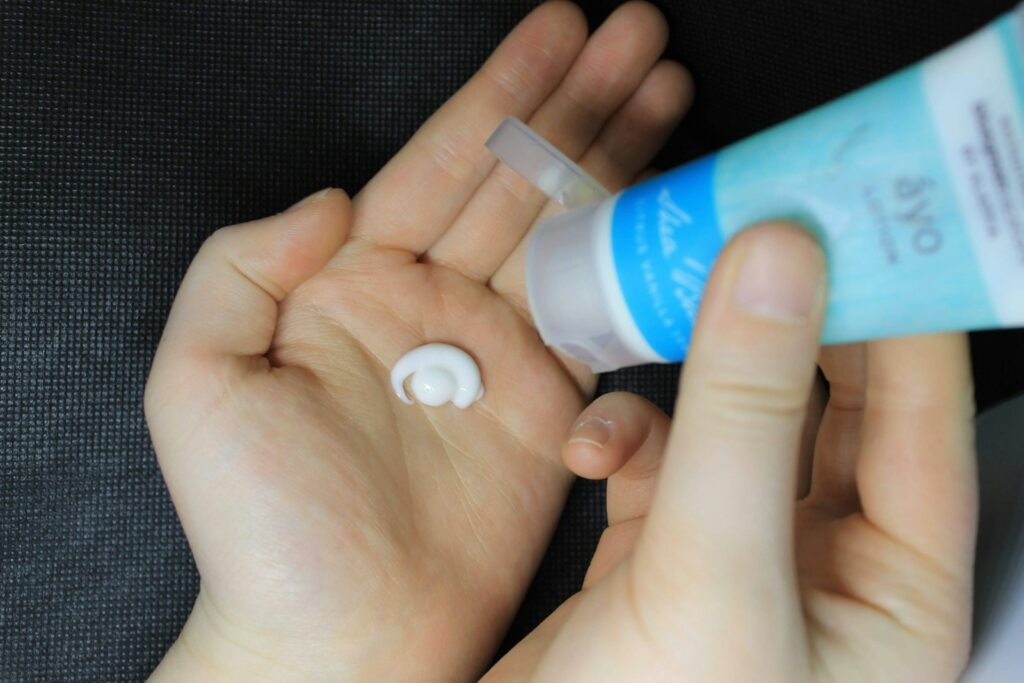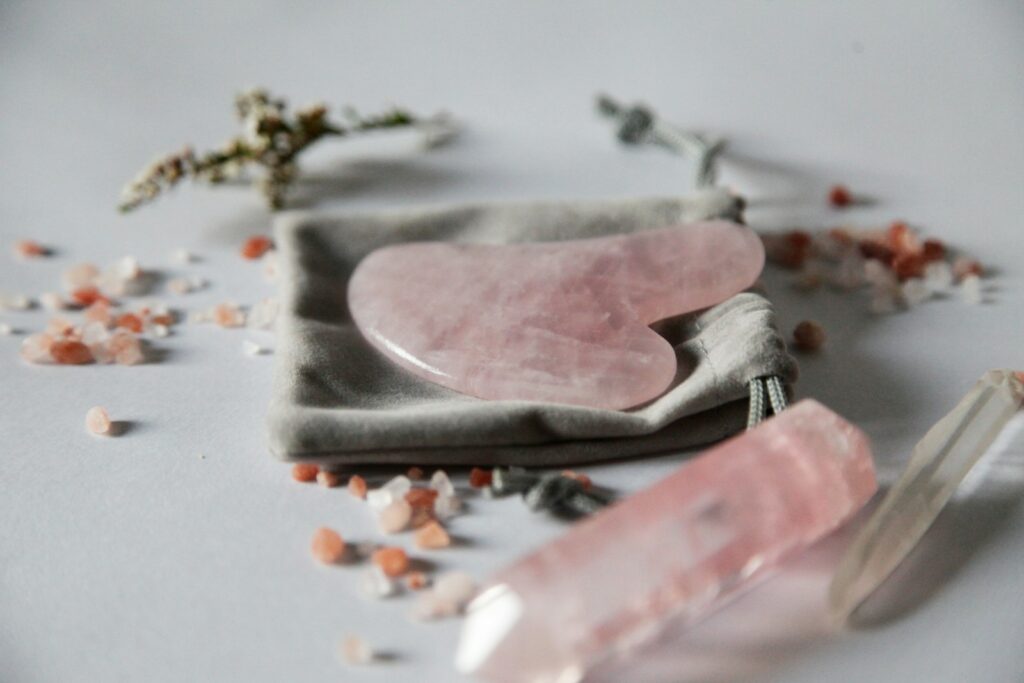Blemishes can feel like they steal the spotlight, and often the instinct is to pile on layers of foundation and concealer to hide them. Unfortunately, that strategy can backfire.
Caking on makeup leaves skin looking heavy, patchy, or worse. This results in drawing even more attention to the breakout.
The key to covering blemishes isn’t more makeup, but smarter techniques that create a natural, breathable finish.
Start With Skincare, Not Makeup
Great coverage begins before the foundation. Makeup artists stress the importance of adequately prepping the skin so that products sit smoothly. Start with a gentle cleanse, followed by a lightweight moisturizer to prevent dry patches from clinging to concealer. If your blemish is inflamed, applying a soothing treatment or spot gel first can help reduce redness before you apply makeup.
Primer is another unsung hero. A mattifying primer around oily areas or a smoothing primer over uneven texture creates a better canvas, reducing the need for heavy layering later.
The Right Tools and Formulas
When it comes to coverage, not all products are equal. Instead of using a thick, full-coverage foundation all over, opt for a medium-coverage formula that evens out tone without looking mask-like. Then, reserve your heavy-duty concealer just for the blemish itself.
Application matters too. Use a small, precise brush to dab concealer directly on the spot, then lightly tap the edges with your fingertip or sponge to blend seamlessly into the surrounding skin. This targeted method avoids the cakey buildup that happens when you smear product across larger areas.
Read More: Makeup for Zoom Calls: Looking Polished in 5 Minutes
Layer Lightly, Set Strategically
Covering blemishes is about patience and applying a light layering technique. Apply a thin layer of concealer, let it set for a few seconds, and then add more if needed. Trying to cover everything in one go almost always leads to a lack of depth.
Once satisfied with coverage, lightly set the area with a finely milled translucent powder. Pressing powder gently with a puff or small brush helps keep the product in place without creating a heavy, chalky look. A final mist of setting spray can further blend everything and restore a skin-like finish.
Color Correction for Extra Help
Sometimes concealer alone isn’t enough to disguise stubborn redness or dark spots. That’s where color correctors come in. A light layer of green corrector under concealer can neutralize redness from blemishes, while peach or orange tones help offset darker post-acne marks.
The key is using them sparingly. Apply a thin layer of the product tapped directly onto the discoloration. When applied correctly, color correction enables you to use less concealer overall, resulting in a natural and smooth finish.
Confidence Beyond the Cover-Up
While the proper technique can make blemishes far less noticeable, it’s also important to remember that everyone experiences breakouts. Makeup can be a powerful tool for confidence, but it doesn’t need to be perfect to be beautiful. Focusing on enhancing your best features—bright eyes, a bold lip, or glowing skin—can take the attention away from imperfections and highlight what you love most about your look.
True beauty isn’t about hiding flaws; it’s about feeling comfortable in your own skin, with or without concealer.




